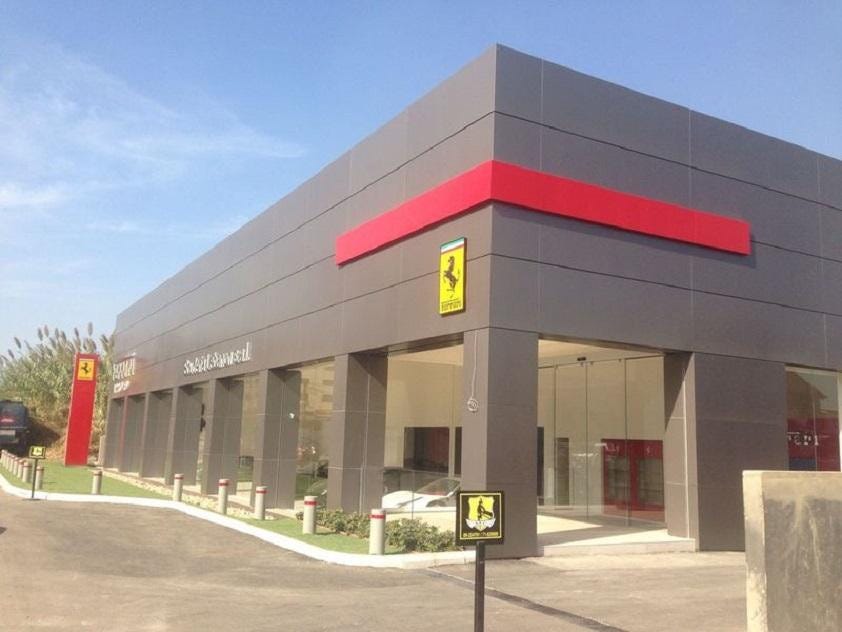In the world of construction, time is often a critical factor. Projects that take too long can be costly and delay other important endeavors. Pre-engineered buildings have emerged as a game-changer in the industry, significantly reducing construction timelines. This article explores how pre-engineered buildings are revolutionizing the timeline of construction.
Precise Engineering
One of the key reasons pre-engineered buildings are changing the construction landscape is the precision with which they are designed and manufactured. These structures are engineered and fabricated in a controlled environment, ensuring accuracy and consistency. This precision means that all components fit together seamlessly, reducing the time needed for adjustments and modifications on-site.
Rapid Construction
Pre-engineered buildings are designed for rapid assembly. The building components arrive at the construction site ready to be installed, eliminating the need for extensive on-site fabrication and reducing the risk of weather-related delays. The assembly process is efficient and often requires fewer labor hours compared to traditional construction methods.
Modular Components
Pre-engineered buildings consist of modular components that are designed to be quickly assembled. These components, such as beams, columns, and wall panels, are manufactured to exact specifications, making the assembly process straightforward and quick. The modularity of these components allows for flexibility in design and a faster construction timeline.
Streamlined Permitting
The design and engineering of pre-engineered buildings are often standardized and meet local building codes and regulations. This streamlined permitting process reduces the time required to obtain approvals and permits, expediting the construction timeline. Additionally, the predictability of pre-engineered buildings helps builders and authorities assess safety and compliance more efficiently.
Reduced Labor Dependency
Pre-engineered buildings require fewer labor hours for construction. Since the components are pre-fabricated and designed for ease of assembly, there is less need for skilled labor on-site. This not only reduces construction costs but also accelerates the timeline, as there is less reliance on skilled workers who may be in short supply.
Energy-Efficient Materials
Many pre-engineered buildings are designed with energy efficiency in mind. The materials used in these structures often have superior insulation and thermal properties. This can lead to faster construction, as there may be fewer requirements for additional insulation and climate control systems, further speeding up the timeline of construction.
Reduced Material Waste
Pre-engineered buildings are manufactured with great precision, which minimizes material waste. Traditional construction can produce a significant amount of construction waste due to inaccuracies and inefficiencies. Pre-engineered buildings, on the other hand, generate less waste, which not only benefits the environment but also simplifies the construction process by reducing the need for waste disposal.
Conclusion
The speed of assembly in construction is crucial, and pre-engineered buildings are at the forefront of revolutionizing the construction industry in this regard. Through precise engineering, rapid assembly, modular components, streamlined permitting, reduced labor dependency, energy-efficient materials, and minimized material waste, pre-engineered buildings have significantly accelerated the construction timeline. This innovation not only saves time but also reduces costs, making it an attractive choice for a wide range of construction projects. As the demand for efficient and timely construction solutions continues to grow, pre-engineered buildings are likely to play an increasingly vital role in shaping the future of the construction industry.
